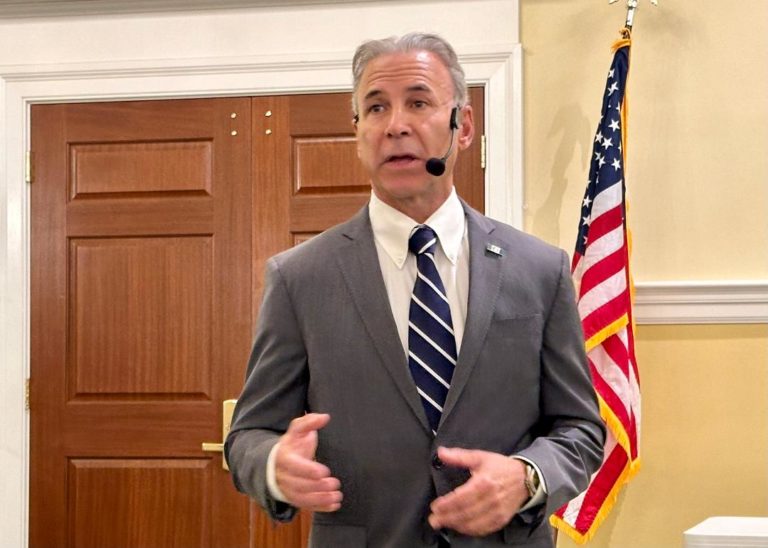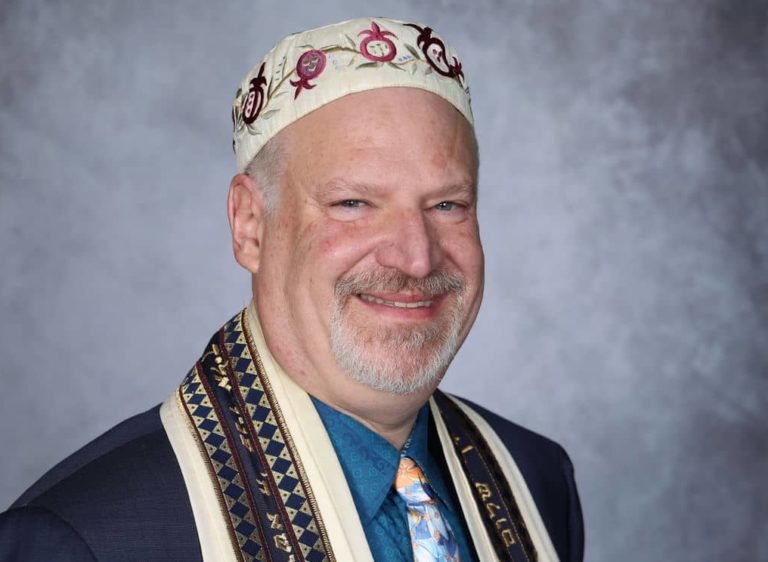
By Shari Shapiro

Youth homelessness is an unseen problem and a grossly undercounted population. You might expect that homeless or unstably housed youth wander the streets, do not attend school, and are easy to identify. Exactly the opposite is true. In our area, these kids are seldom seen sleeping outside on park benches or under bus stop shelters. Most attend school every day just like any average kids, but when the school day ends, they do not have a consistent place to call home. They often resort to couch surfing, as they move from one temporary housing arrangement to the next. Some are able to bounce between friends’ and family members’ homes, some sleep in motels or hotels, in cars, or even in abandoned buildings.
What’s concerning is that most of these kids do not even consider themselves homeless, and some feel that admitting it would result in foster care placement, which they fear. They lack faith in the very system that is supposed to help our most vulnerable populations.
All of these factors make it difficult to identify homeless youth, and if we cannot identify them how can we help them? Currently there is no state agency that actively counts homeless children who are between the ages of 0-17. Because of this, services for these kids are extremely limited, leaving these young people invisible and alone. The National Alliance to End Homelessness estimates more than 225,000 children under 18 experience homelessness for longer than one week in the course of one year, admitting that the numbers are imprecise and likely undercounted.
Why are so many kids homeless or unstably housed? We have seen this is often a result of a family’s lack of financial resources coupled with the high cost of living and lack of affordable housing, especially here in Fairfield County. Other factors include abuse, neglect or rejection in the home, resulting in the child running away or being forced to leave. The LGBTQ+ teens are grossly over-represented among homeless youth, making up 40 percent of the population.
Risks run deep for this under-reported population. Homeless youth are extremely vulnerable during a critical time in their lives of social and academic development, and are at high risk for sexual exploitation and human trafficking. Severe mental health problems are prevalent, oftentimes attributed to past trauma. Anxiety, depression, and low self-esteem are common concerns, and a high percentage have considered or attempted suicide. These kids may be more likely to develop a dependence on drugs or alcohol, and end up entrenched in the juvenile justice system. All of these factors lead to long-term barriers to education and employment, if not illness and suicide.
Kids In Crisis remains committed to providing emergency services to homeless youth up to age 18 regardless of gender, sexual orientation or immigration status. This year, over one fifth of kids served in our SafeHaven emergency shelter were identified as homeless. While fortunately, Kids In Crisis was able to support these young people by providing emergency shelter in a therapeutic environment, homelessness continues to threaten the safety and wellbeing of children and young people in the state of Connecticut.
If you’d like to help Kids In Crisis in our efforts to reduce the number of homeless youth, please visit www.kidsincrisis.org for ways you can become involved.
Shari Shapiro is the Executive Director of Kids in Crisis




